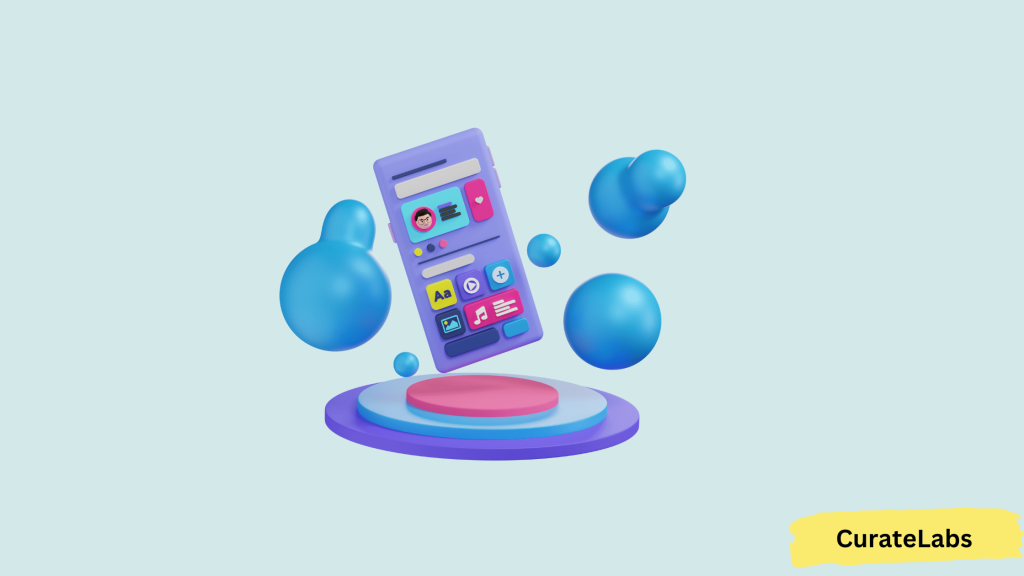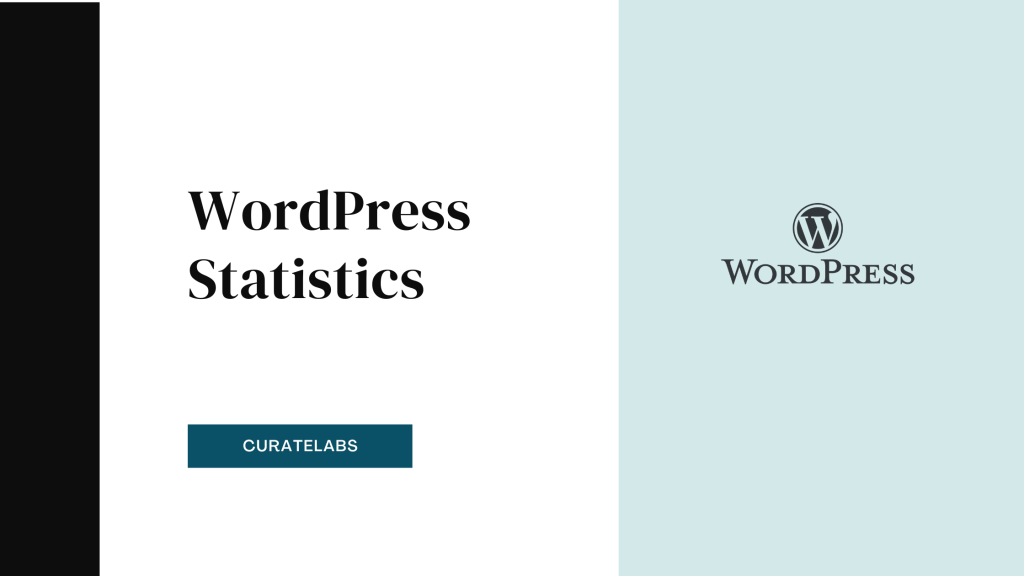A logo is a graphical representation of a brand that distinguishes it from others. It is an important aspect of a company’s identity and is often the first visual representation that a customer has of a brand.
In today’s fast-paced world, logos are everywhere, from websites and advertisements to products and packaging.
With the increasing importance of logos, it is essential to understand their impact and usage.
In this article, we will delve into the world of logo statistics, exploring the trends and usage patterns of logos across various industries.
Without wasting time, let’s get started.
Logo Statistics (Top Picks)

- 67% of small businesses are ready to pay more than $500 for their logo.
- Apple is the top recognizable logo in America.
- Google and Coca-cola spent $0 on their original logo. They just used the free graphic app Gimp to make their logo.
- British Petroleum spent $211 million on its logo in 2008.
- Nike co-founder Phile Knight took the swoosh logo from Carolyn for $35 in 1971. That would be around $218 today.
- The Australia and New Zealand Banking Group’s logo and two years of rebranding cost $15,000,000 from 2010 to 2012.
- Symantec’s Brand and Acquisition have spent more money on the logo than others. They have spent $1.280 billion on their logo.
- 76% of top brands only use single or two colors in their logo.
- 40% of Fortune 500 companies have used blue color in their logo.
- 43% of Fortune 500 companies have used two colors in their logo.
- 5% of the top 100 brands used only one or two colors in their logo.
- 89% of marketers said their top business object is brand awareness.
- 84% of business-to-business marketers say the top content marketing objective for their business is brand awareness.
- 61% of Fortune 500 companies used combination logos.
- 71.6% of successful companies used the Sans Serif font style in their logo.
General Logo Statistics
- 67% of small businesses are ready to pay more than $500 for their logo.
- Less than 15% of small businesses are ready to pay more than $1,000 for their logo.
- Apple is the top recognizable logo in America.
Here is a table showing the top 10 recognizable logos in America.
| Rank | The top recognizable logos |
| 1. | Apple |
| 2. | McDonald’s |
| 3. | Coca-Cola |
| 4. | Nike |
| 5. | Starbucks |
| 6. | |
| 7. | |
| 8. | Adidas |
| 9. | Amazon |
| 10. | YouTube |
- The average life of a logo is seven years. After seven years, almost every brand is thinking of rebranding its logo.
- There are $325 charges for submitting the basic logo trademark application in the U.S.
- The customer remembers the logo after seeing it 5 to 7 times.
- It can take a few hours to a few weeks to design a logo.
- Stella Artois’s logo is the oldest logo of all. It was used in 1366.
- On Upwork, there are 300,000 freelancers who are creating logos.
- FedEx logo design got more than 40 awards.
- Instagram’s logo is searched on google every month 1.2 million times worldwide.
Source: Zippia, Financeonline, Dailyblogging, Website planet, Zilliondesigns, bloggersideas.
Costs of Logo Statistics
Creating a great logo is not just about coming up with an attractive design, and it also involves considering the costs involved.
From the design process to the legal protection of the logo, the costs can add up quickly.
In this section, we will explore the various costs of logos.
- Google and Coca-cola spent $0 on their original logo. They just used the free graphic app Gimp to make their logo.
- Microsoft also spends $0 on its logo.
- British Petroleum spent $211 million on its logo in 2008.
- Twitter’s old logo only cost $15.
- Nike co-founder Phile Knight took the swoosh logo from Carolyn for $35 in 1971. That would be around $218 today.
- The logo of the Defunct Enron cost $33,000 in 1990.
- Pepsi’s logo was redesigned in 2008, which cost $1 million.
- Accenture’s logo and rebranding process cost $100 million.
- The Australia and New Zealand Banking Group’s logo and two years of rebranding cost $15,000,000 from 2010 to 2012.
- The famouse BBC (British Broadcasting Corporation) logo cost $1,800,000.
- Symantec’s Brand and Acquisition have spent more money on the logo than others. They have spent $1.280 billion on their logo.
- In 1987, Steve Jobs spent $100,000 on the NeXT computer’s logo.
- In London Olympics 2007, they spent on the logo $625,000. This design was considered the worst design of the year.
- Belfast spent on its logo $280,000 in 2008, and it used the symbol of love: the heart.
- Symantech’s logo is the most expensive logo ever.
Here is a table showing the top 10 expensive logos.
| Rank | Logo | Spendings |
| 1. | Symantech | 1280 million |
| 2. | British Petroleum | 200 million |
| 3. | Cardiff City Bluebirds | 100 million |
| 4. | Posten Norge | 55 million |
| 5. | Tropicana | 35 million |
| 6. | I Love NY | 16 million |
| 7. | British Broadcast Corporation (BBC) | 1.8 million |
| 8. | Pepsi | 1 million |
| 9. | City of Melboure | 0.63 million |
| 10. | City of Belfast | 0.28 million |
Source: Financeonline, Zippia, Zilliondesigns, Statista
Colors and Logo Statistics
Colors play an important role in branding and design, including logos. The right combination of colors can evoke emotions in people.
In this section, we will examine the most popular colors used in logos and why certain colors are chosen for specific industries.

- 76% of top brands only use single or two colors in their logo.
- 40% of Fortune 500 companies have used blue color in their logo.
Here is a table showing Fortune 500 companies by their logo color.
| Color | Color used by Fortune 500 companies |
| Blue | 40% |
| Black | 25% |
| Red | 16% |
| Green | 7% |
| Grey | 5% |
| Yellow | 1.4% |
| Orange | 1.4% |
| Other | 3% |
- 43% of Fortune 500 companies have used two colors in their logo.
Here is a table showing how many colors have been used by Fortune 500 companies in their logo.
| Number of colors | Share of Fortune 500 companies |
| One | 37% |
| Two | 43% |
| Three | 14% |
| Four | 5% |
- The big brands use 35% of blue color in their logo.
Here is a table showing which colors brands used the most in their logo.
| Color | Brands that used color |
| Blue | 35% |
| Red | 30% |
| Grayscale | 23% |
| Yellow | 20% |
| Green | 7% |
| Purple | 1% |
- 95% of the top 100 brands used only one or two colors in their logo.
- 60% to 90% of people’s judgments of a product are based on color.
- Colored ads attract the attention of people 42% more than black-and-white ads.
- 90% of people’s first impression of a logo is based on the color of the logo.
- Blue colors evoke the emotions and sentiments of people, such as trust, peace, serenity, and security.
Here is a table that shows the emotions and sentiments behind the colors.
| Color | Emotions and sentiments behind the colour |
| Red | Love, Passion, Danger, and Excitment |
| Orange | Playfulness, Success, Youthfulness, and Bravery |
| Yellow | Happiness, Friendliness, Warmth, and Energy |
| Green | Nature, Stability, Freshness, and Safety |
| Blue | Trust, Peace, Serenity, and Security |
| Purple | Mystery, Royalty, Luxury, and Romane |
| Pink | Sweetness, Innocence, Compassion, and Softness |
| Brown | Earthiness, Reliability, Class, and Nature |
| Black | Sophistication, Power, Edginess, and Drama |
| White | Purity, Simplicity, Cleanliness, and Health |
Source: Financeonline, Dialyblogging,
Brand Marketing and Logo Statistics
A logo is often the first visual representation of a brand that customers encounter, making it an important aspect of brand marketing.
A well-designed logo can instantly convey a brand’s values, mission, and personality.
In this section, we will see the relationship between logos and brand marketing.

- 89% of marketers said their top business object is brand awareness.
- 84% of business-to-business marketers say the top content marketing objective for their business is brand awareness.
- 42% of consumers say the logo shows the personality of the company.
- 75% of consumers recognize the brand by its logo.
Here is a table showing how consumers recognized brands.
| How consumers regcognize brands | Share of Respondents |
| Logo | 75% |
| Visual Style | 60% |
| Brand Color | 45% |
| Unique | 25% |
- 59% of consumers are more likely to buy a product with a logo they already know.
- 60% of consumers avoid buying products or services if the logo is odd, unattractive, or unappealing.
- 37% of consumer love brands due to product or service quality.
Here is a table showing why consumers love brands.
| Why consumers love brands | Share of Respondents |
| Product or Service Quality | 37% |
| Excellent Communication with Representative | 19% |
| Positive Buying Experience | 11% |
- 53% of consumers say they feel connected to the brands.
- 57% of consumers said they would increase their budget while shopping with a brand they feel connected to.
- 21% of consumers said they had bought a product from the brand since they knew that brand.
- Over ⅔ rd of toddlers recognize the brand logo of McDonald’s.
- 88% of adults recognize the brand logo of Shell and McDonald’s.
- 90% of the world’s population recognizes Coca-Cola’s logo.
- The 16 to 24 years old age group recognizes 54% of the logos of big brands often.
Here is a table showing how many people recognize the logo of big brands by age group.
| Age group | Share of respondents |
| 16 to 24 years old | 40.5% |
| 25 to 34 years old | 41% |
| 35 to 44 years old | 47% |
| 45 to 54 years old | 54% |
| More than 55 years old | 45% |
Source: Financeonline, Customneon
Logo Design Statistics
Logo design is the process of creating a unique symbol, design, or mark that represents a brand or company.
Logo design is an important aspect of branding and can greatly impact how a company is perceived by its customers.
In this section, we have gathered all the important statistics of logo design.
- 61% of Fortune 500 companies used combination logos.
Here is a table showing Fortune 500 companies by logotype.
| Logo Type | Used by Fortune 500 companies |
| Combination logo | 61% |
| Wordmark | 31% |
| Lettermark | 5% |
| Emblem | 2.4% |
- 71.6% of successful companies used the Sans Serif font style in their logo.
Here is a table showing the top font styles used by top companies.
| Font Style | Used bytop companies for their logo |
| Sans Serif (Netflix and Facebook) | 71.6% |
| Serif (Rolex and Prada) | 22.4% |
| N/A | 4.8% |
| Serif and Sans Serif | 1.2% |
- 198 Fortune 500 companies used blue color in their logo.
Here is a table showing the breakdown of Fortune 500 companies by color.
| Rank | Color | Number of Fortune companies |
| 1. | Blue | 198 |
| 2. | Black | 128 |
| 3. | Red | 83 |
| 4. | Green | 35 |
| 5. | Gray | 25 |
| 6. | Yellow | 7 |
| 7. | Orange | 7 |
| 8. | Multicolor | 6 |
| 9. | Purple | 6 |
| 10. | Brown | 3 |
| 11. | Metallic Gold | 2 |
- More than 60% of the logo’s shape is asymmetrical.
- All Caps (47%) Capitalization style is the most popular.
Here is a table showing which capitalization style is most popular.
| Capitalization Style | Number of logos | Percentage |
| All Caps | 233 logos | 47% |
| Title case | 167 logos | 33% |
| Combination | 62 logos | 12% |
| All Lowercase | 38 logos | 7% |
Source: Zippia, Financeonline, Customneon.
Related Read:
Conclusion: Logo Statistics (2025)
Logos are an important aspect of brand identity and play a significant role in attracting customers and establishing brand recognition.
Color, simplicity, and uniqueness are some of the key factors that contribute to a logo’s success. Additionally, companies are constantly evolving their logos to stay relevant and appealing to customers.
Overall, the significance of logos in branding can not be overstated, and businesses should invest time and resources in creating memorable and effective logos. Many big brands are investing their resources in their logo and getting benefits from it.
Logo statistics are changing day by day. We will be updating you with the most recent statistics on the logo.
FAQs
A successful logo is one that is simple, unique, and memorable. Color also plays an important role in making a logo effective. After color, Font style is also important in making a logo successful.
Companies often update their logos to stay relevant and appealing to consumers. This can be in the form of slight modifications to the design or a complete overhaul. Companies rebrand their logo on average after seven years.
Yes, a logo can be trademarked as a form of intellectual property. This provides legal protection to the logo and prevents others from using a similar design.

